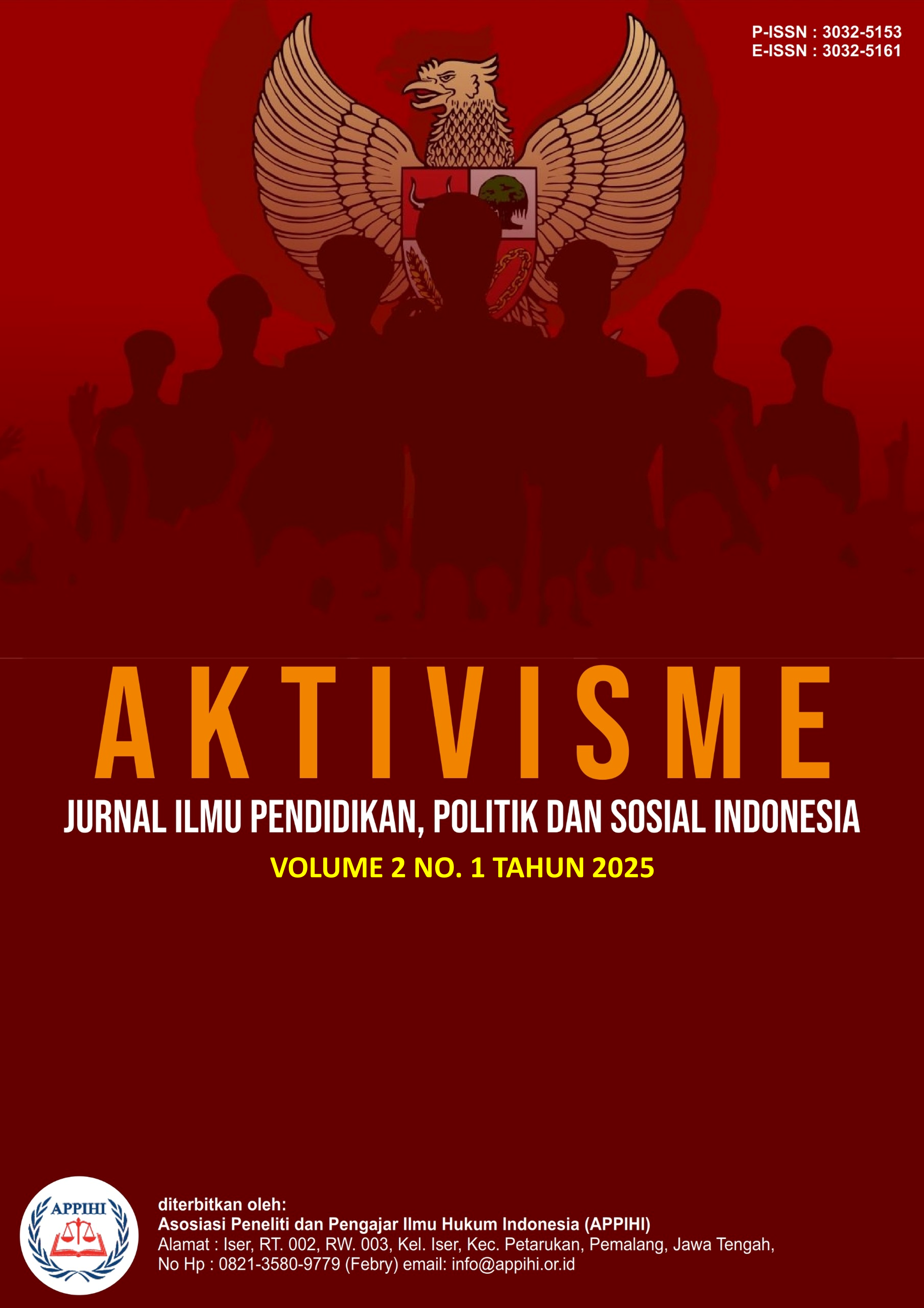Strategi Pertahanan Korea Selatan terhadap Ancaman Korea Utara: Studi Kasus Pengembangan Sistem THAAD (Terminal High Altitude Area Defense)
DOI:
https://doi.org/10.62383/aktivisme.v2i3.1107Keywords:
Balance of threat, deterrence, missile defense, South Korea, THAADAbstract
This study explores South Korea’s strategic defense response to the increasing threat from North Korea by examining the development and deployment of the Terminal High Altitude Area Defense (THAAD) system. The research analyzes geoplotical context, the application of balance of threat theory, and the dual role of THAAD as a military and diplomatic tool. Using a qualitative case study approach, findins indicate that South Korea’s deployment of THAAD reflects a rational response to North Korea’s missile and nuclear threat, reinforced by allliance commitments with the United States. However, the deployment also triggered the internal resistence and diplomatic tension, particularly with China. This paper concludes that while THAAD enhances detterence, its geopolitical consequences require careful diplomatic management.
Downloads
References
Cha, V. D. (2023). Powerplay: The Origins of the American Alliance System in Asia. Princeton University Press.
Cossa, R. A., & Glosserman, B. (2016). South Korea’s THAAD Deployment: A Strategic Balancing Act. Pacific Forum CSIS.
Fatimah, A. I. (2024). THAAD sebagai Upaya Sekuritisasi Korea Selatan terhadap Ancaman Nuklir Korea Utara (2016–2022). Skripsi. UPN “Veteran” Yogyakarta.
Han, Y. (2021). The THAAD Dilemma and South Korea’s Strategic Autonomy. The Korean Journal of Defense Analysis, 33(1), 23–44.
Kang, D. C. (2017). Balance of Power vs. Balance of Threat: Explaining ROK's Strategic Choices. The Pacific Review, 30(2), 152–171.
Kim, S., & Lee, J. (2019). US Missile Defense and Strategic Stability in Northeast Asia. Asian Perspective, 43(2), 311–332.
Lin, L. (2017). China–South Korea Relations and the THAAD Deployment. Journal of Contemporary East Asia Studies, 6(2), 115–130.
Missile Defense Agency. (2020). Terminal High Altitude Area Defense (THAAD). Retrieved from https://www.mda.mil/system/thaad.html
Revere, E. J. R. (2017). THAAD and the Future of the US–ROK Alliance. Brookings Institution.
Snyder, S. (2018). South Korea at the Crossroads: Autonomy and Alliance in an Era of Rival Powers. Columbia University Press.
Walt, S. M. (1987). The Origins of Alliances. Ithaca, NY: Cornell University Press.Levitsky, S. &. (2022). The New Competitive Authoritarianism. Journal of Democracy, 33(2), 65-80.
Wilkins, T. S. (2019). Defense Diplomacy in Asia: Managing Alliances and Building Partners. International Politics, 56(4), 456–474.
Wilkins, T. S. (2019). Defense Diplomacy in Asia: Managing Alliances and Building Partners. International Politics, 56(4), 456–474.
Yoo, J. (2019). Understanding the Domestic Opposition to THAAD Deployment in South Korea. Asian Survey, 59(5), 801–825.
Zhao, S. (2017). China's Perception of the THAAD Deployment in South Korea: Strategic Distrust and Geopolitical Competition. Journal of Contemporary China, 26(103), 645–659.
Downloads
Published
How to Cite
Issue
Section
License
Copyright (c) 2025 Aktivisme: Jurnal Ilmu Pendidikan, Politik dan Sosial Indonesia

This work is licensed under a Creative Commons Attribution-ShareAlike 4.0 International License.





